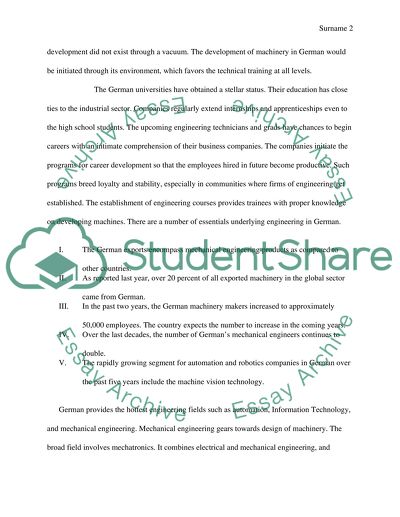Cite this document
(“German Machinery Development Essay Example | Topics and Well Written Essays - 1500 words”, n.d.)
Retrieved from https://studentshare.org/design-technology/1449013-german-machinery-development
Retrieved from https://studentshare.org/design-technology/1449013-german-machinery-development
(German Machinery Development Essay Example | Topics and Well Written Essays - 1500 Words)
https://studentshare.org/design-technology/1449013-german-machinery-development.
https://studentshare.org/design-technology/1449013-german-machinery-development.
“German Machinery Development Essay Example | Topics and Well Written Essays - 1500 Words”, n.d. https://studentshare.org/design-technology/1449013-german-machinery-development.


